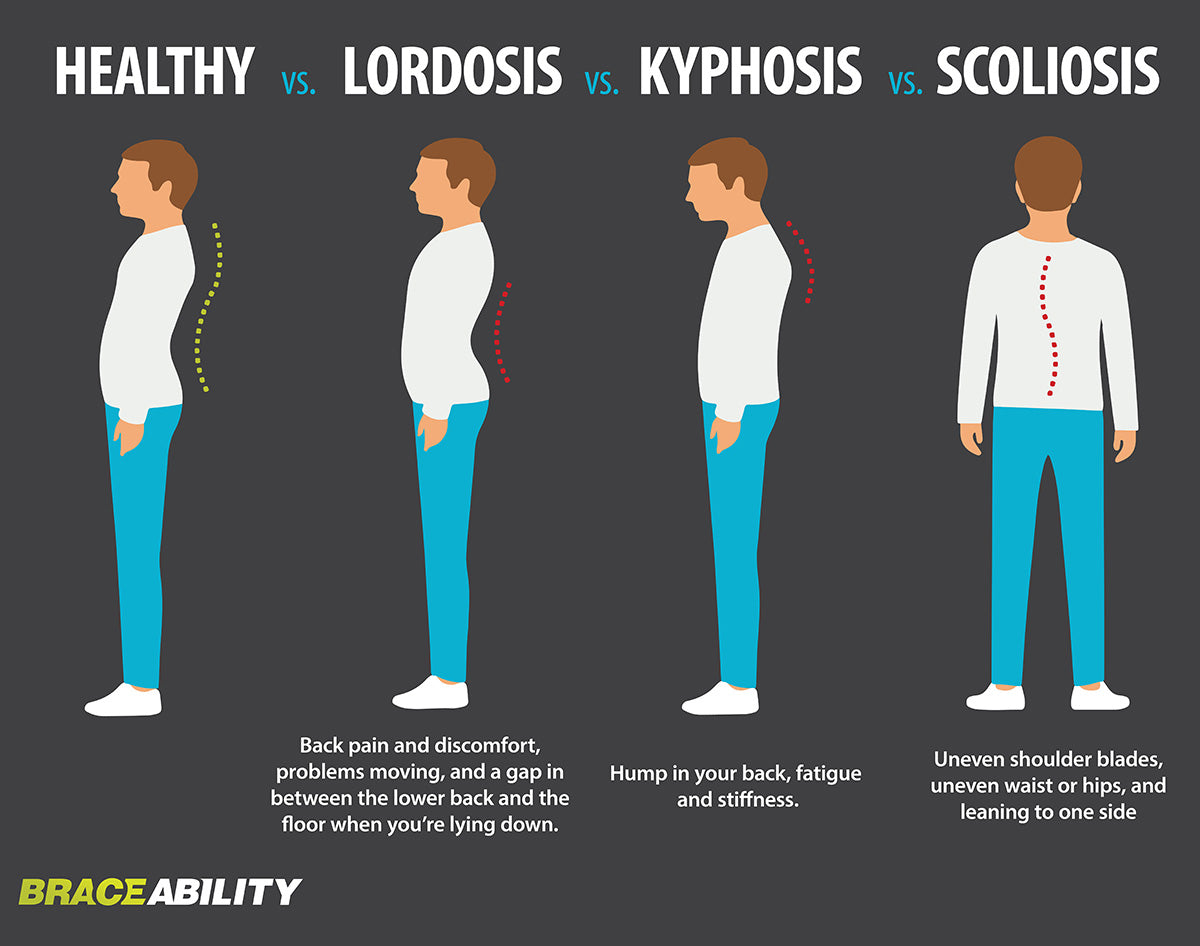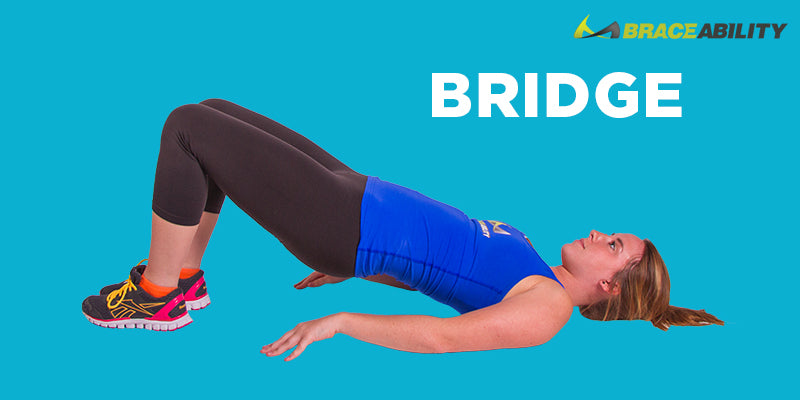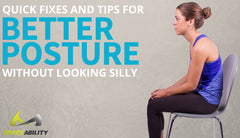Lordosis - Swayback / Curved Spine
What Is Lordosis or "Swayback"?
Did you know the curves in your spine are normal? You have two forward curves and two backward curves in your spine. The two forward curves are located in your neck, or your cervical spine, and your lower back, or your lumbar spine. The two backward curves are located in your chest, or thoracic spine, and your hips, or your sacral spine. These forward curves are referred to as normal lordosis whereas the backward curves are referred to as normal kyphosis. These natural curves are important in absorbing shock and help the spine to function.
While these curves for most individuals are referred to as “normal curves,” some individuals have exaggerated or abnormal curves. These curvature disorders are classified as lordosis, kyphosis, and scoliosis. As mentioned previously, lordosis is the two forward curves in your neck and spine. This condition is commonly known as “swayback” and can either occur in your cervical or lumbar region, sometimes both. If you have this condition, it may appear that you are sticking out your buttock or sticking your head forward.
What’s The Difference Between Lumbar & Cervical Lordosis?
Lordosis anatomically speaking is the inward curve of your spine. This condition is commonly separated into different regions of your spine: lumbar and cervical. Cervical lordosis is the inward curve in your neck region. Lumbar lordosis is the inward curve in your lower back region. Both regions are diagnosed, treated, and caused in similar ways. Lumbar swayback is more common in individuals.

What Are The Common Symptoms for Lordosis of the Spine?
Depending on your specific conditions, your symptoms may vary from no symptoms at all to severe pain in your back. Usually, those with swayback lordosis tend to not feel any symptoms except for a noticeable curve in their spine. Other symptoms that come with lordosis include:
- Large inward arch in your lower back
- Large inward arch in your neck
- Space in between your neck and the ground while you’re laying down
- Discomfort or restricted motion
- Tense muscles around the curve (sometimes have muscle spasms)
- Change in bowel movements (severe and rare cases)
What Is Causing My Spine To Sway?
There are different underlying factors in which may be causing the swayback in your spine. Depending on whether you have cervical or lumbar lordosis, some of the causes of each location may be slightly different. The causes of neck and lower back lordosis can be found below:
Cervical lordosis:
- Discitis, curvature disorders such as kyphosis and scoliosis, obesity (read more below), osteoporosis, spondylolisthesis, poor posture, congenital conditions, and previous injuries
Lumbar lordosis:
- Achondroplasia, spondylolisthesis, osteoporosis, obesity (read more below), kyphosis, discitis, congenital conditions, arthritis, and lower crossed syndrome
Can Being Obese Cause Lumbar Lordosis?
Being a larger individual causes a lot of stress and tension to be put on your spine and back. Most obese individuals experience pain more commonly in the lower or lumbar region of their back. Extra weight ultimately pulls your hips forward causing the curve in your spine to move forward as well. This forward movement is lumbar lordosis of the spine and being a plus size individual puts you at a greater risk of developing this condition.
There are numerous ways to help counteract this extra stress that is placed on your back. Being aware of your posture can help your shoulder and neck muscles tremendously. Wearing a posture brace helps train your muscles to sit up straight, eliminating that extra weight being put on your spine. In addition, try doing more core exercises to help maintain flexibility in your hips.
What’s The Difference Between Lordosis, Kyphosis, & Scoliosis?
There are three common spinal curvature disorders that get mixed up with each other: scoliosis, lordosis, and kyphosis. These disorders all have abnormal curves of the spine and the normal curves are much greater than they are supposed to be. Basically, the difference between the three involves the region of your back in which the abnormal curve occurs, the cause of your unnatural curve, and your symptoms. Read below to help distinguish each spinal curvature disorder:

Do I have kyphosis?
Kyphosis is a common condition that results in forward rounding of your upper back region. Compared to natural curves which have a curvature around 20-50 degrees, kyphosis has an excess curve greater than 50 degrees. This causes your spine to hunch over and make you appear to be slouching or have a hunchback. Kyphosis can be seen at any age but is most commonly seen in older women after osteoporosis weakens the bones in the spine until they crack and compress. Other causes of kyphosis may include disc degeneration, birth defects, and cancer treatments. If you suffer from kyphosis, you may be experiencing back pain and stiffness.
Do I have scoliosis?
Scoliosis is a curvature spine disorder in which your vertebra curves to the side (lateral curve). If you look at an individual with scoliosis from the back, the spine appears to be curved. This curve looks like the shape of an “S” or “C.” There are different types of scoliosis including congenital, neuromuscular, degenerative, and idiopathic. If you suffer from scoliosis, you usually have one shoulder or hip higher than the other. In addition, your head might not be centered in the middle of your body and you may have lower back pain, numbness, and fatigue.
What Are the Treatment Options For Cervical & Lumbar Lordosis?
For lordosis, there are many different treatment options to help reverse your cervical and lumbar lordosis. For some individuals, your curve may return to normal on its own and fix itself. For others, conservative and even non-conservative treatment options may be the best way to straightening your lordosis and relieving your symptoms.
Conservative options:
- Anti-inflammatory medication
- Physical therapy to help strengthen, increase flexibility and range of motion
- Bracing such as the ones below will help straighten your swayback
- Cervical: Neck immobilizer
- Lumbar: Thoracic spine brace
- Losing weight will help relieve extra strain and stress that may be put on your lumbar or cervical spine
- Exercises or stretches (read below for examples)
- Sleep with extra pillows to help support your spine
Non-conservative option:
- Surgery is considered if your curve is severe and if you are suffering from neurological problems. If none of the conservative options above helped, surgery may be used to help reduce your pain.
What Exercises & Stretches Can Help with Swayback?
As mentioned above, exercises and stretches can be a conservative option to help relieve your pain from swayback or lordosis. Exercising and stretching can help strengthen your muscles and increase your flexibility. Try the exercises and stretches advised below to help reduce your pain caused by lordosis of the neck and lower back area.

- Hip flexor stretch: While standing, bend your knee behind you and grab your leg by your ankle. Pull your leg back and tilt your hips forward. Hold this position for 20-30 seconds. Then repeat for the opposite leg.
- Lower back stretch: While lying down, pull your knees towards your chest and hold your legs with your arms. Hold this position for 30-60 seconds.
- Crunch: While lying down, place your hands behind your hand with your legs straight out in front of you. Lift your torso (try not to use your neck muscles) off the floor at around a 30-degree angle. Repeat this 10 times.
- Bridge: While lying down, place your feet on the floor with your knees bent at a 90-degree angle. Squeeze your thighs together and lift your hips up as much as you can. Hold this position for 10-20 seconds then repeat. (picture to the right)




